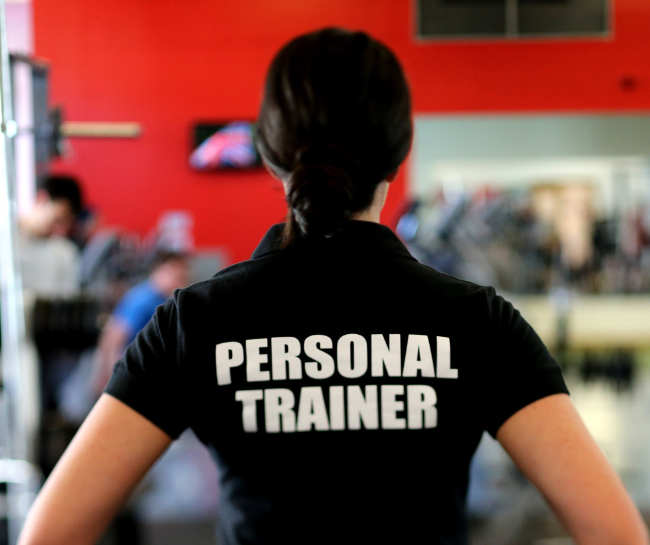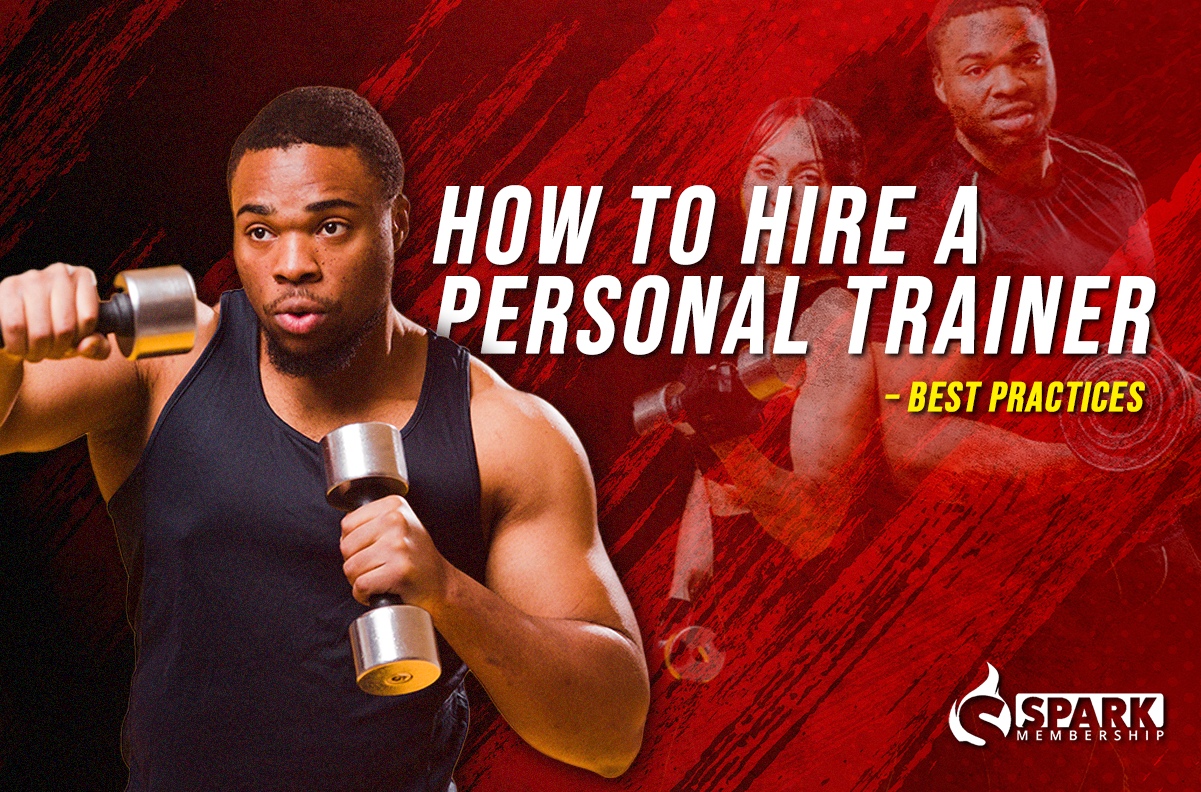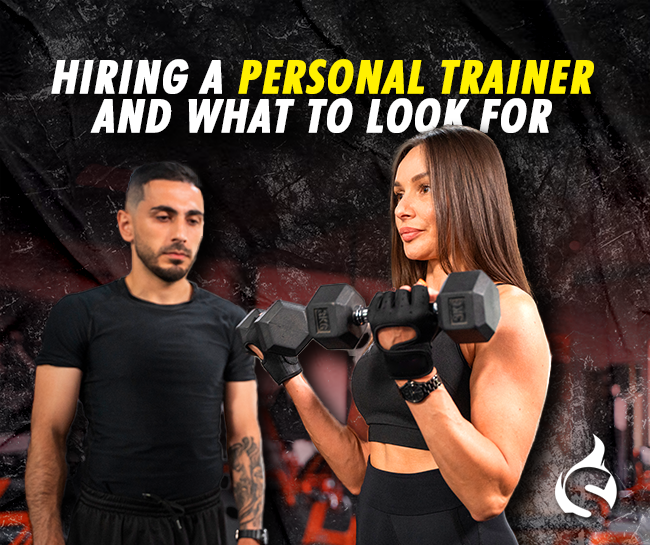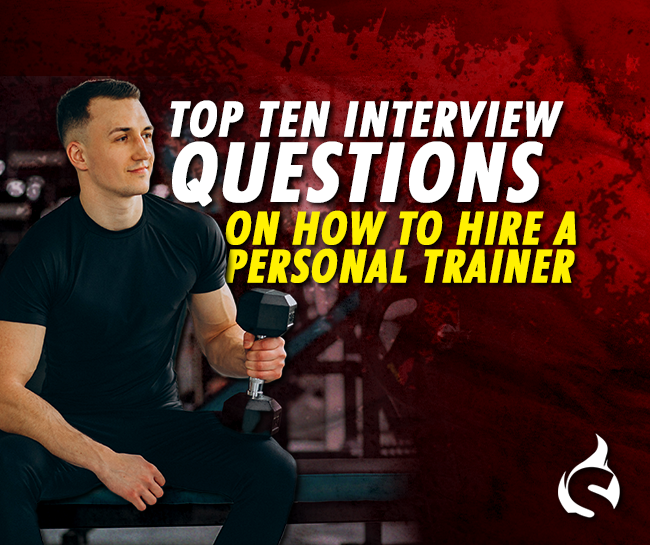
Why did you decide to pursue a career in the fitness world? Was it because you desire to put your fitness passion into improving the lives of others? Have you lost a significant amount of weight and wish to help others do the same? Are you a former athlete interested in creating performance-enhancing exercise programs for professional athletes?
It wasn’t because you wanted to be a marketing expert, but that’s exactly what you need to become if you want to draw in new customers. You have your training certification, but in order to be a true personal trainer, you must have clients. So, here are a variety of methods on how to get clients as a personal trainer.
How do I promote myself as a personal trainer

Knowing how to market yourself as a personal trainer is essential in today’s fitness industry. Because there are an increasing number of professionals working in this field, you must stand out with a strong personal training marketing strategy.
If you follow a few simple steps, implementing a marketing strategy can be simple. First and foremost, you must establish a goal to determine precisely what you hope to achieve through your personal training marketing strategy. With this, you can figure out how to get clients as a personal trainer:
Establish a personal trainer blog

Establishing a blog as a personal trainer gives you more authority in the sector. Sharing your knowledge with others increases their trust in you because they see you know what you’re doing when you go to the fitness center to train them.
Writing on a blog may not come naturally at first, but doing so on a regular basis will help you write better and, particularly, will help you find your style. A personal trainer blog can cover a wide range of topics, including exercises for specific muscle groups, nutrition advice, recovery techniques, and so on.
Create a community

When people read your content, they are not only considering whether or not to employ you as their personal trainer. They also consider your ability to assist them in achieving their objectives. Something magical happens when you create trustworthy, powerful, and engaging content: you begin to build your community. And this is magical because once they trust you, they will not go anywhere else: they become loyal.
It is extremely challenging to sell something if no one is aware of you or your services. You cannot sell personal training sessions unless you make yourself known in the gym where you work or in your local community. There are a few things you should do to market yourself as a personal trainer, including inviting friends to workshops, incorporating gym challenges, or bringing your classes to the gym’s timetable.
Word of mouth

This is still one of the most effective marketing strategies for personal trainers. According to Nielson, 92% of consumers trust suggestions from family or friends more than traditional marketing techniques.
In fact, word of mouth can be thought of as the office equivalent of social media. You have no idea how far the message will travel. A client can tell a friend about you, and that friend can tell his family, and his family can tell other friends, and so on. Word of mouth is beneficial because it is honest, genuine, and free.
How do you market a personal trainer on social media
Before diving into the world of social media, you should have determined who your target market is and what your niche is. These are crucial to understand because they determine which platforms you will use and how you will present your posts. Here’s how to use social media to get clients as a personal trainer:
Select the best platform

There are numerous social media platforms available, and you do not have to use them all. Even so, some, most particularly Instagram, Facebook, and YouTube, will be extremely beneficial to you. As a result, you must select the best one for you. Since social media is an ever-changing field, it is nearly impossible to predict what will happen on your social media sites. You must approach each platform with an open-but-reactive mindset.
Have objectives

As you enter the social media world, you’ll want to create targets so that you’re not just posting whenever you feel like it. Without goals, it’s difficult to know how well your social media strategy is working.
Here are a few objectives for your social media platforms:
- Community engagement
- Brand awareness
- Customer support
- Lead and sales generation
- Content distribution
Schedule on a regular basis

To use social media to increase your visibility and build a following, you must post continuously and frequently. It is suggested that you schedule these posts ahead of time so that you do not have to stop in the middle of your day to write one. Social media has come a long way, and platforms now allow you to create posts ahead of time and then schedule when they are posted or released to the public.
Other means to get more personal training customers
Let’s go over each of these with some real-life examples to help you get more personal training customers.
- Describe your services

Determine the type of service you want to provide. A personal trainer once left a door hanger at my house, advertising himself as a “bodybuilding, marathon training, weight loss, powerlifting, dumbbell training, and HIIT conditioning” expert.
- Identify your ideal client

Who is your ideal client once you’ve determined the services you’ll provide? Evaluate a specific demographic or population that could benefit from your services. Here are some examples:
- If you are a woman who has had children, you may want to concentrate on assisting pregnant women in both managing their fitness during pregnancy and reaching their fitness goals afterwards.
- If you live in an area with a large population of older adults, you should consider developing a strategy for communicating with that demographic.
Similarly, a trainer in an urban region where many of the health club representatives are working professionals must recognize the times of day when potential customers are available to train and develop a marketing plan to fill those open time slots.
- Display your value as a qualified personal trainer

What is the cost of achieving and maintaining optimal health? Working with a NASM-Certified Personal Trainer who understands the Optimum Performance Training Model to create an exercise program assists a client in reaching his or her fitness goals.
Spark Membership is the best gym management software on the market, and you can give them a try for just $1, all from your smartphone.







